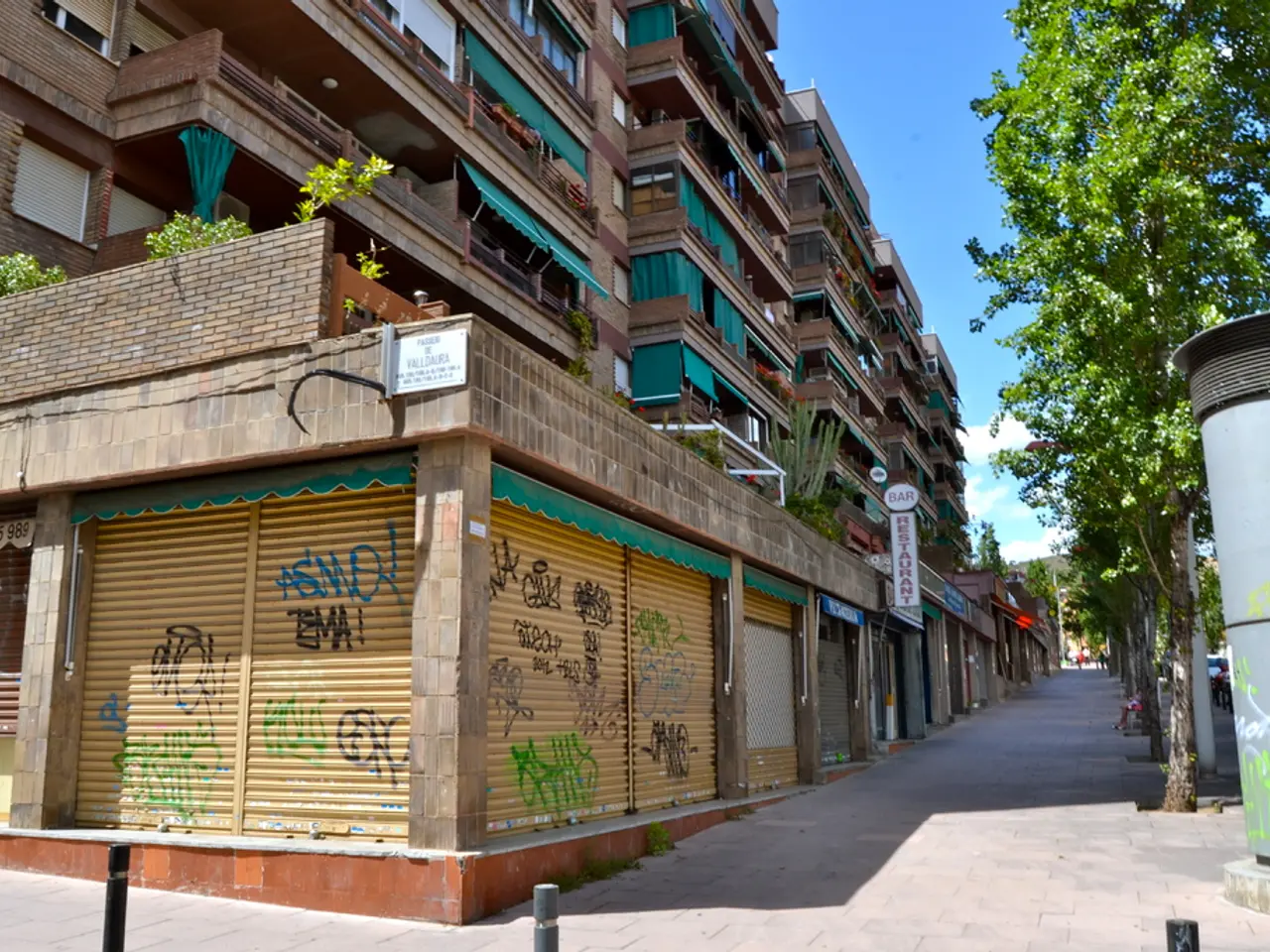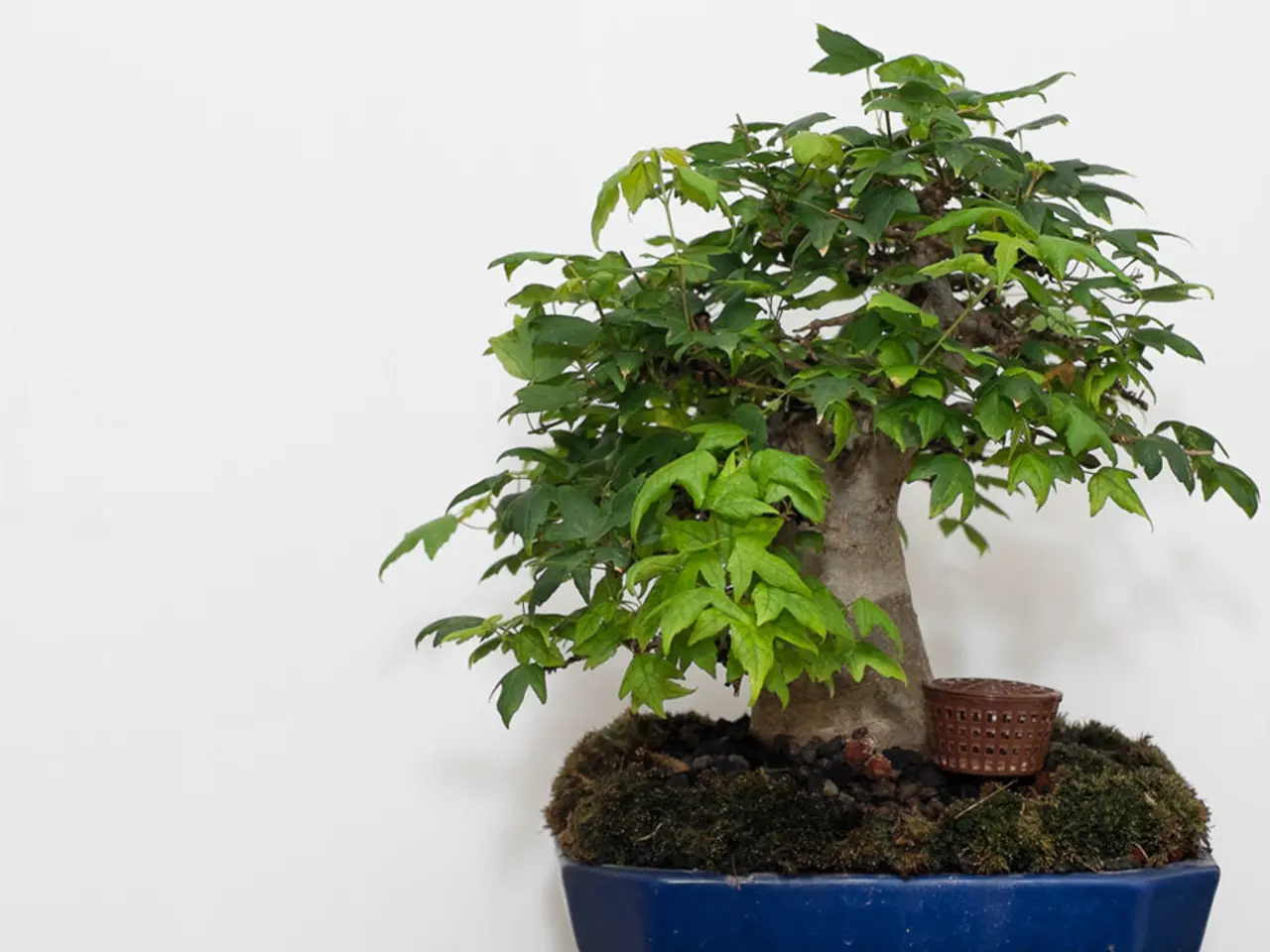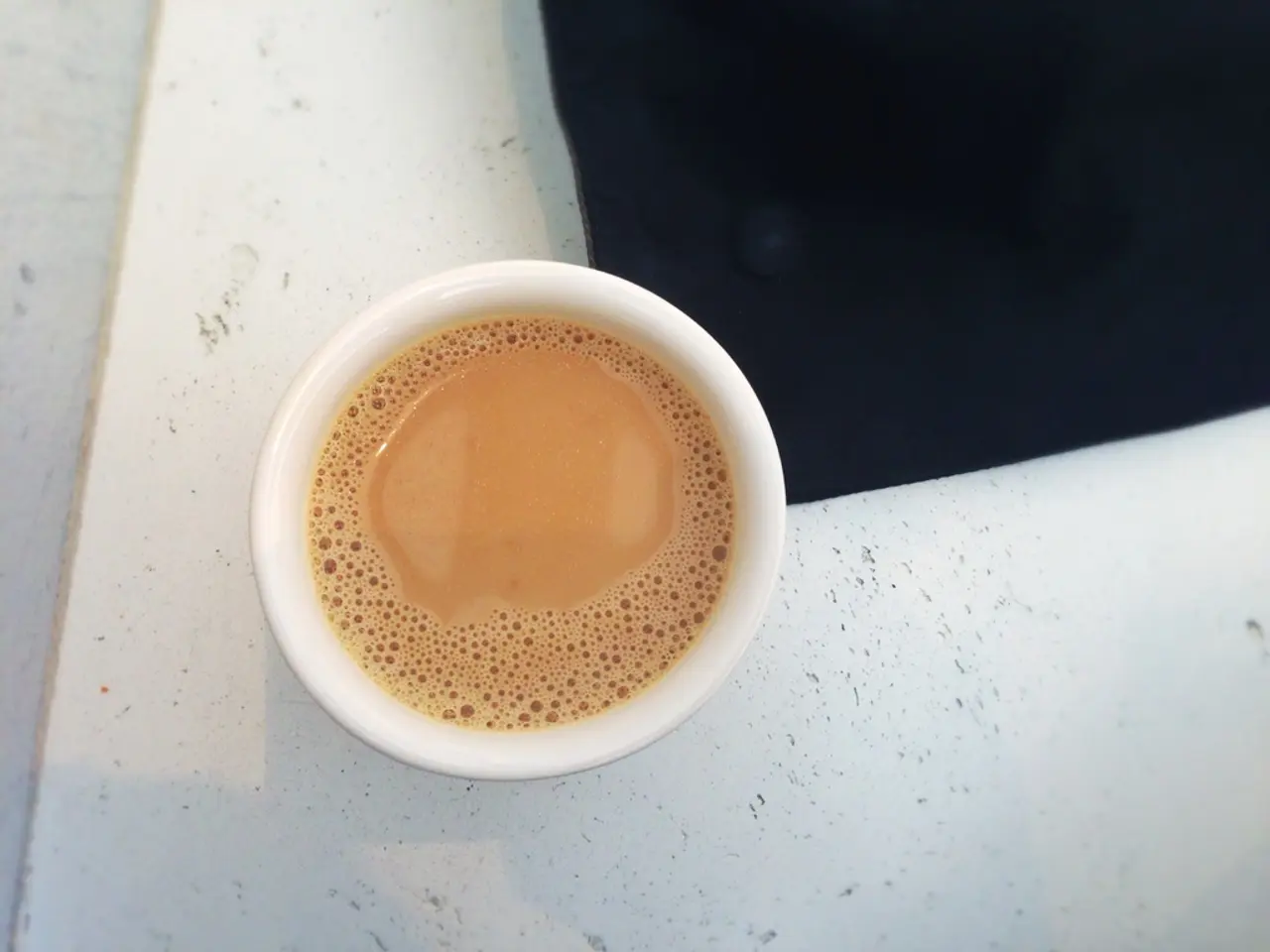Metropolitan Museum of Art's Refurbished Rockefeller Wing Stands as an Architectural Marvel
The Metropolitan Museum of Art's Michael C. Rockefeller Wing, which houses collections from Africa, the Ancient Americas, and Oceania, reopened earlier this month following a four-year, $70 million revamp. The renovation, led by WHY Architecture and Beyer, Blinder, Belle Architects LLP, has transformed the space into a more open and airy exhibit area.
Key changes include a custom-designed sloped glass wall on the south facade that allows filtered daylight from Central Park to illuminate the galleries. In the Arts of Oceania section, the South Seas Ceremonial House Ceiling now hangs overhead, and light from Central Park streams in through the glass wall. Contemporary Indigenous artists have contributed new commissions to the galleries, while digital features provide contextual perspectives.
The reinstallation caters to new scholarship and international collaboration, with major acquisitions of historic and contemporary art featured for the first time. A gallery dedicated to light-sensitive ancient Andean textiles is a first of its kind in the United States.
In the Oceania galleries, a disused window from the Met's Michael C. Rockefeller Wing serves as Gala Porras-Kim's new artwork, questioning the role of museums in preserving objects while isolating them from their cultural origins. Meanwhile, the relocated Asmat funerary poles have given way to nioge (bark cloth) paintings from the Ömie people.
Changes to the African art galleries feature sculptures displayed unevenly amid a maze of walls and vitrines, making for a prismatic, pleasantly dizzying experience. Highlights include a puppet depicting the deity Òsanyìn and a Senegalese-born modernist self-portrait juxtaposed with a piece inspired by Edgar Degas.
Light-sensitive weavings from the Americas galleries are now exhibitable due to the renovation. One notable addition is a remarkable Wari tunic from Peru, abstracting teeth, eyes, and arms into a tumble of pinkish blobs. The wing acts as a bridge between antiquities and modern culture, connecting to the nearby 20th-century art galleries, which are expected to undergo a total overhaul soon.
The inclusion of contemporary artists, such as Taloi Havini, who have created pieces to protect the art on display, suggests that the goal of the renovation is to maintain the vibrancy of the wing. Her copper piece, etched with arrows, concentric squares, and squiggles that mimic Hakö patterns, acts as a shield, aiming to ensure that the works behind it survive as intended.
The new design caters to each piece being showcased in a better light, aiming to transform the visitor experience through architectural elements that pay homage to the regions represented. The galleries have been thoughtfully modified to enhance understanding and appreciation of the cultures and art represented.
- The Metropolitan Museum of Art's Michael C. Rockefeller Wing, featuring collections from Africa, the Ancient Americas, and Oceania, has reopened, showcasing art history, sculptures, paintings, and contemporary pieces in a modern and inviting environment.
- The renovation of the wing includes a custom-designed sloped glass wall, allowing filtered daylight from Central Park to illuminate the galleries and provide a fine art and lifestyle setting for visitors.
- In the Oceania galleries, contemporary Indigenous artists have contributed new commissions and digital features provide contextual perspectives, while Gala Porras-Kim's artwork questions the role of museums in preserving objects while isolating them from their cultural origins.
- A gallery dedicated to light-sensitive ancient Andean textiles, a first of its kind in the United States, highlights major acquisitions of historic and contemporary art in the wing.
- Changes to the African art galleries feature sculptures displayed unevenly amid a maze of walls and vitrines, creating a prismatic and pleasantly dizzying experience for visitors.
- The Americas galleries now display light-sensitive weavings, with notable additions such as a remarkable Wari tunic from Peru, abstracting teeth, eyes, and arms into a tumble of pinkish blobs.
- The renovation caters to each piece being showcased in a better light, aiming to transform the visitor experience and enhance understanding and appreciation of the cultures and art represented in the Oceania, African, and Americas galleries, as well as the nearby 20th-century art galleries, which are slated for a total overhaul.




